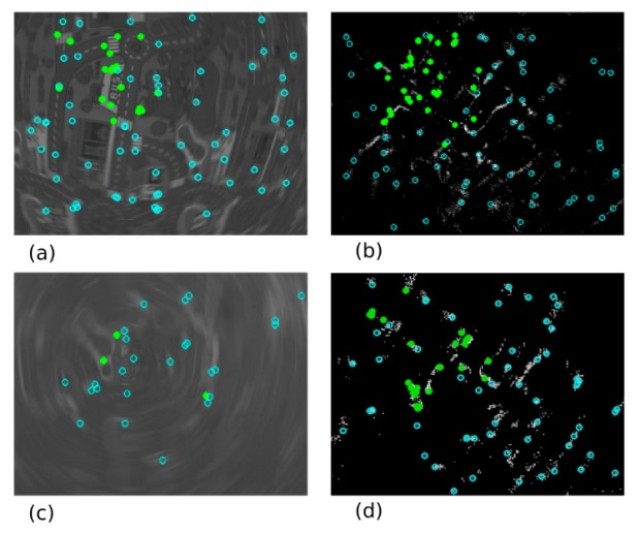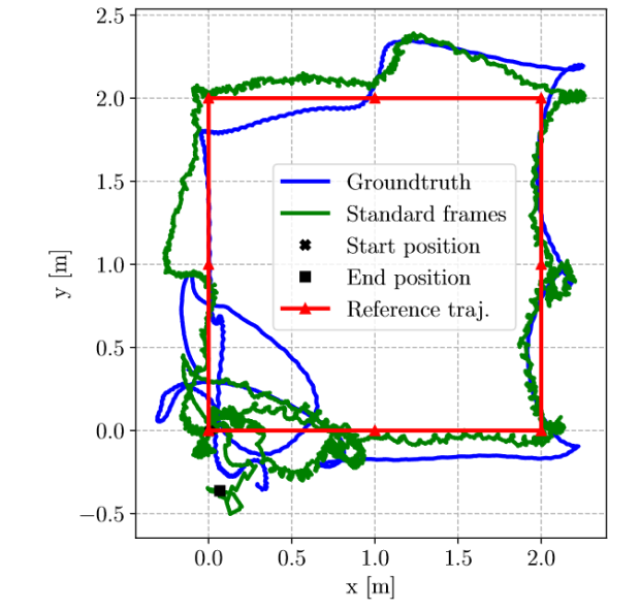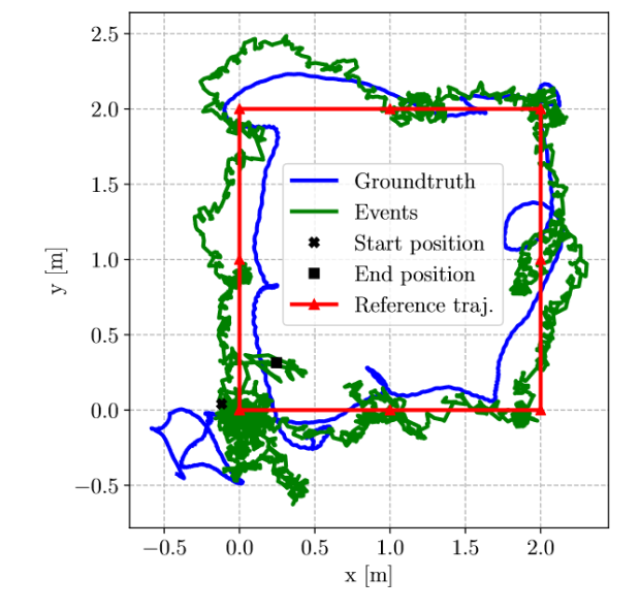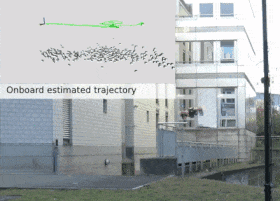Engineers from Switzerland and the Netherlands have developed a new algorithm for quadrocopters that allows them to stay in the air after turning off one propeller. Unlike similar algorithms developed earlier, the new one allows the drone to move controllably, not just hover in place, and also works only with the drone's own sensors, without requiring an external tracking system or GPS. The paper is published in the journal IEEE Robotics and Automation Letters, and its preprint is available on the website of the University of Zurich.
Multicopters stay in the air and control their flight by changing the thrust of individual propellers. This scheme has proven to be simple and reliable, which largely explains the sharply increased popularity of civilian quadrocopters in recent years. However, unlike the airplane scheme, it is much more susceptible to breakdowns: if an airplane-type drone can plan and even land safely after stopping the propeller, a serial quadcopter will instantly lose stability and fall if the engine fails or the propeller breaks down.
Researchers developing algorithms for controlling multicopters have already shown in practice that it is possible to keep a quadrocopter with a broken propeller in flight. For example, in 2018, we talked about the algorithm of a group of engineers (among them the authors of a new work), which allows the quadcopter to hang in place after an engine failure, even in the wind at a speed of up to nine meters per second. If the engine fails due to inconsistent torques on the remaining propellers, the drone begins to rotate rapidly. This significantly complicates stabilization due to the strong change in the readings of inertial sensors, which occurs due to large centrifugal acceleration, as well as strong blurring on camera frames, if visual-inertial odometry or other visual method of determining the position in space is used. In previous works, engineers have solved this problem with the help of an external tracking system, which does not allow such a method to be applied in practice, or signals from satellite navigation systems, which makes it difficult to use it indoors.
A team of engineers led by Sihao Sun of the University of Zurich and Coen de Visser of the Delft University of Technology has developed a new method for stabilizing a quadrocopter with the engine turned off, working exclusively using the aircraft's internal sensors.
The algorithm uses data from three types of sensors: an inertial unit with an accelerometer and gyroscope, a time-of-flight rangefinder, and a visual sensor. As a visual sensor, the engineers used two devices with different operating principles. One of them is a normal camera, and the second is an event camera. Cameras of this type do not shoot the entire frame at once, but work in a different way: in them, each pixel of the matrix "works" only when the perceived brightness changes by a threshold value — that is, an "event"occurs. Thanks to this principle of operation, event cameras better track fast movements, which is not the first time drone developers have used it.
The developers modified the flight controller in such a way that if one of the propellers fails, it stops taking it into account when calculating and conducts them based on three working propellers. The main innovation of the algorithm is the system of visual tracking of the drone's position. To do this, it uses a rangefinder and visual sensors that point downwards. The algorithm calculates visual signs on the frames from the sensors and if the sign is detected three times in a row, it is taken as a constant and its position is tracked in the future. Using these features, the algorithm tracks the position of the earth under it and thus can calculate the parameters of its rotation and current position.

Visual signs on frames when using conventional (left) and event (right) cameras, as well as when lighting 500 lux (top) and 50 lux (bottom)
Image source: Sihao Sun et al. / IEEE Robotics and Automation Letters, 2021
Engineers have shown that the drone is able not only to maintain its position in the air, but also to move in a given direction. At the same time, it turned out that the effectiveness of visual sensors depends on lighting. In a bright environment, both types of visual sensors cope with their task, that is, they allow the drone not to fall and follow a given trajectory. When the illumination is reduced to 100 lux, the drone with a visual sensor falls, ceasing to reliably track the surrounding space, while when using an event camera, the drone remains in flight up to 10 lux.

Flying on a square trajectory when using a conventional camera. The red line shows the specified trajectory, the blue line shows the actual movements of the drone, and the green line shows the flight path calculated by the drone itself using sensors
Image source: Sihao Sun et al. / IEEE Robotics and Automation Letters, 2021

Flying on a square trajectory when using an event camera. The red line shows the specified trajectory, the blue line shows the actual movements of the drone, and the green line shows the flight path calculated by the drone itself using sensors
Image source: Sihao Sun et al. / IEEE Robotics and Automation Letters, 2021
In 2019, engineers from Switzerland taught the drone to quickly respond to objects flying into it through the use of an event camera. Experiments have shown that the use of an event camera reduces the response delay of the device compared to a conventional camera.
Gregory Copies

